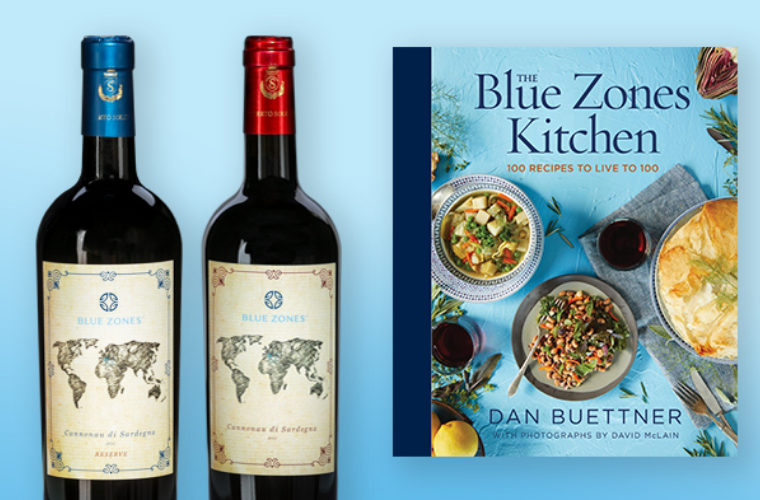In Sardinia, I had the good fortune of meeting the Melis family who holds the Guinness World Record as the oldest family in history. They are nine siblings whose collective age was 851 years (the oldest was 109). They ate the same lunch every day: sourdough bread, a glass of Blue Zones Cannonau wine, and a very special minestrone.
Minestrone is simply a soup made from available garden vegetables, beans, and grain (usually a type of pasta). The combination yields a delicious one-bowl meal that is high in protein and most importantly, a potpourri of fibers and fuel your microbiome. Here’s the recipe, with just a couple modifications to make it even MORE delicious:
Tip: Add other fresh vegetables from the garden or market, such as zucchini, cabbage, green beans, and cauliflower or broccoli florets.

The Blue Zones Kitchen fuses scientific reporting, National Geographic photography and 100 recipes that may help you live to 100. The Blue Zones’ food tradition is going the way of the dodo bird, thanks to the encroachment of the American Food Culture.
Learn More